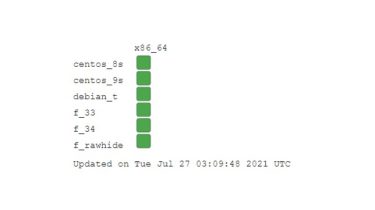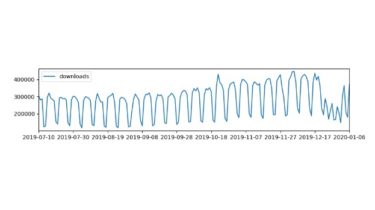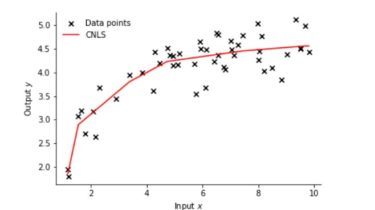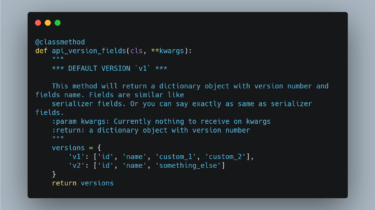A free digital photograph metadata editing app build with python
Photini A free, easy to use, digital photograph metadata (Exif, IPTC, XMP) editing application. “Metadata” is said to mean “data about data”. In the context of digital photographs this means information that isn’t essential in order to display the image, but tells you something about it. For example a title and description of the scene or the date & time and the GPS coordinates of the camera’s position when the picture was taken. “[Photini] doesn’t try to be an all-singing, […]
Read more








